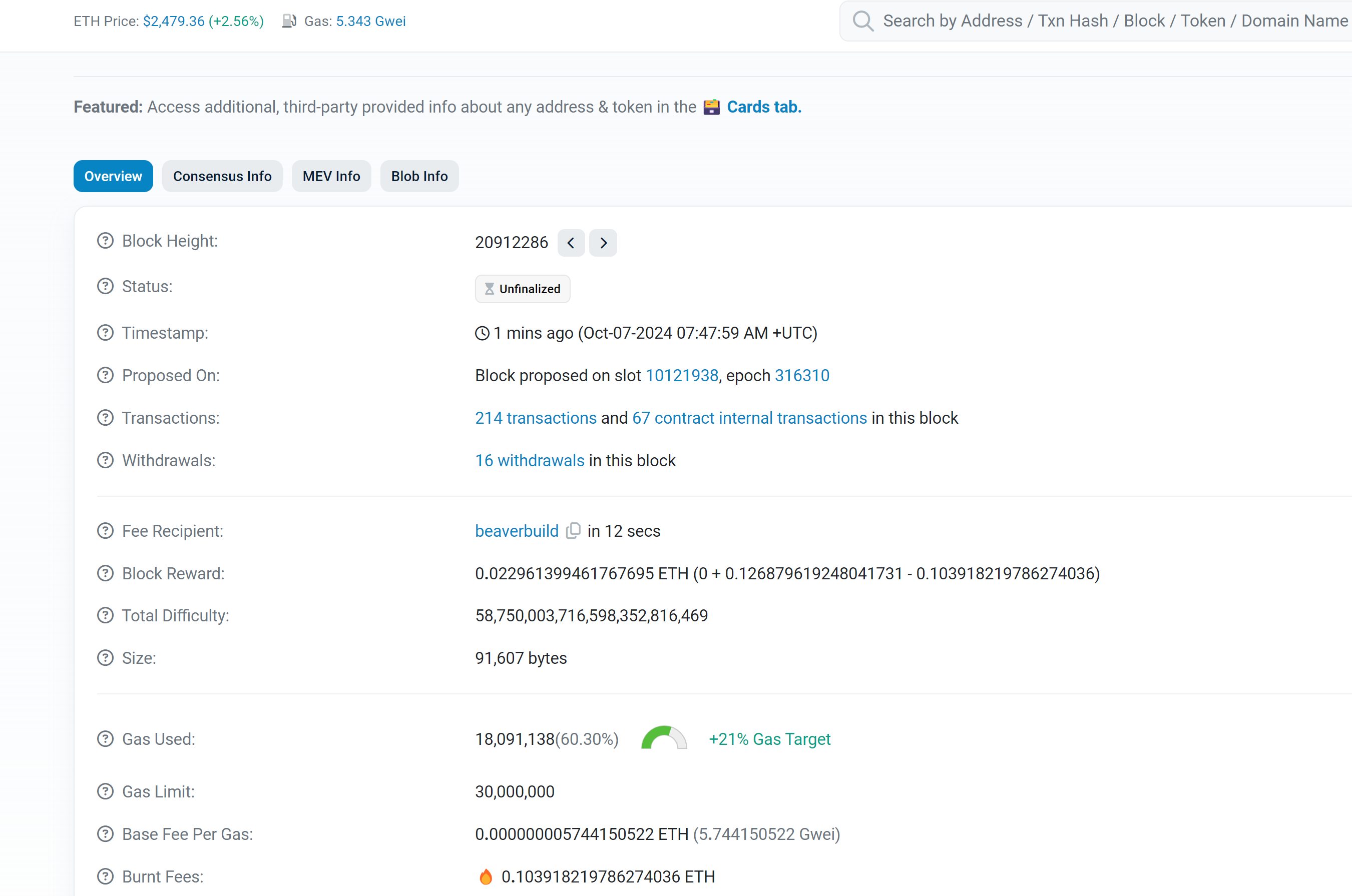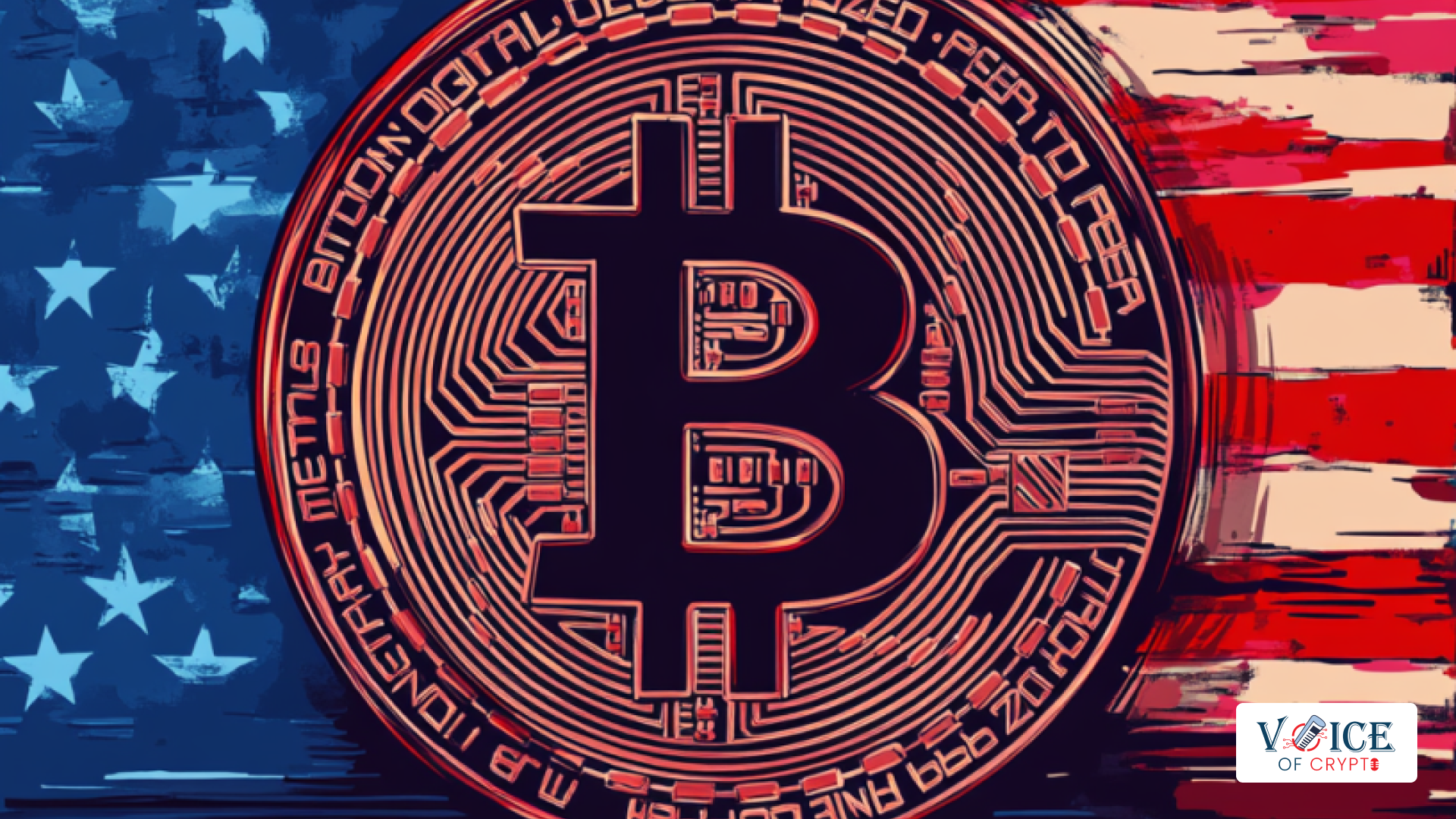Key insights:
- Ben Adams floated a new Ethereum improvement proposal to increase Ethereum network speed by 50%.
- The EIP 7781 upgrade seeks to decrease block slot time from 12 seconds to 8 seconds.
- Will be the second major upgrade to scale Ethereum after the Dencun Upgrade.
- The upgrade will also upscale the current infrastructure but would require more capable hardware from developers.
Ethereum Community Proposes EIP 7781
Ilyarid games co-founder and Nethermind contributor Ben Adams proposed a simple but revolutionary solution to increase Ethereum block speed which also improves block space utilization.
The plan is to cut down Ethereum’s slot time (time allowed to fill one block) from 12 seconds to 8 seconds.
To implement this, validators need to arrange more capable hardware which makes this difficult to pass with community approval.
How Does It Work?
The new proposal works in a very simple manner. It reduces the time taken to create each block so that the number of blocks produced in a minute increases.
Now, for those thinking that it would keep the transaction speed same, because the same number of transactions would get filled into the mempool every minute, need to understand that most of the Ethereum blocks these days are only half full.
Let us now take a look at the numbers to understand it better.

Ethereum Block Space Utilization
In Ethereum blocks are limited by the gas fees paid in the transactions inside them. Each block can hold up to 30 million Gas (not to be confused with Gwei).
Obviously, like others, the block number 0912286 has a limit of 30,000,000 Gas. A look at the snapshot of the blog reveals that only 60% of the gas limit is used. In other words, 40% of block space in that block is empty.
For Ethereum, this is a wastage of resources. Since transactions on its network is processed in batches of 1 block each.
Analogy: Comparing Ethereum Blocks With a Passenger Bus
Compare this with a bus that could only manage to sell 60% of its tickets. Surely, a 100% sale would be very desirable. Now, to reduce costs, the transportation company proposes to use a smaller bus to save on fuel costs. This is similar to what Ethereum proposes to do.
Next Step Towards a Scalable Ethereum After Dencun Upgrade
The current proposal follows on after the Dencun Upgrade and precedes the next major and ultimate scalability upgrade called Sharding.
The Dencun Upgrade implemented on 13 March 2024 introduced a major scalability upgrade to Ethereum via a feature called blobs. These were temporary storage spaces inside an Ethereum block where transactions were kept and their summary was executed as a single transaction, rather than an entire block.
The process worked similarly to rollups and reduced gas fees on Ethereum by almost 95% to 99%. From March to October 2024, Ethereum saw its gas fee decline from over 150 Gwei to 1 Gwei. The upgrade mainly accommodated layer-2 and layer-3 rollup transactions, freeing up gas for retail users.
Towards the Ultimate Scalability Upgrade Called Sharding
Both the Dencun Upgrade and the proposed EIP 7781are major upgrades over Ethereum’s earlier network throughout which allowed 10 to 15 transactions per second.
However, both of them are just stepping stone or milestones towards the ultimate upgrade called Sharding.
In Ethereum, Sharding is supposed to be the final solution towards achieving a highly scalable Ethereum which could theoretically push Ethereum’s network speed to 100k transactions per second without compromising on decentralization or security.
Sharding will involve dividing the current consensus mechanism into smaller quasi-chains called shards, each of which can add blocks to the main Ethereum chain independent of each other. The process divides Ethereum’s 1 million validators into smaller teams (numbers unconfirmed).
How Other Scalability Methods Work?
Currently, Ethereum relies on two types of modular solutions that work in tandem with each other but can also function independently.
Ethereum Blobs
Blobs are Ethereum’s version of on-chain rollups. These are temporary spaces where individual transactions are stored. These are then summarized and their summary is validated via their Merkle Root. Even if one transaction gets corrupted, the value of the entire Merkle Root changes.
After some time, say three months, the blob data are deleted from the block.
Since the summary of the entire blob is verified as one transaction, the processing costs are cheaper.
Blobs are used by layer-3 applications like Uniswap or by stablecoin issuers like Tether because these platforms are the highest consumers of gas on Ethereum. Providing them with a separate solution for their transactions, frees up gas for retail users.
Layer-2 Scaling Solutions
Layer-2 scaling solutions also use a similar method as blobs. However, instead of storing individual transactions on Etheruem, they use two storage solutions, depending on their type.
Layer-2s like Arbitrum One and Optimism use optimistic rollups that store individual transaction data into Ethereum blocks in spaces called “call data”, which are are basically messaging spaces on the Ethereum blocks. After a set of transactions are rolled up, these platforms store them in the Ethereum call data fields.
Another set of layer-2 solutions like zkSyncEra and Polygon zkEVM use zero knowledge rollups which store individual transactions on their own blockchain and submit state proofs or snapshots of their transaction summary on Ethereum, which once verified, validates transactions on their chains.
Disclaimer: Voice of Crypto aims to deliver accurate and up-to-date information, but it will not be responsible for any missing facts or inaccurate information. Cryptocurrencies are highly volatile financial assets, so research and make your own financial decisions.









